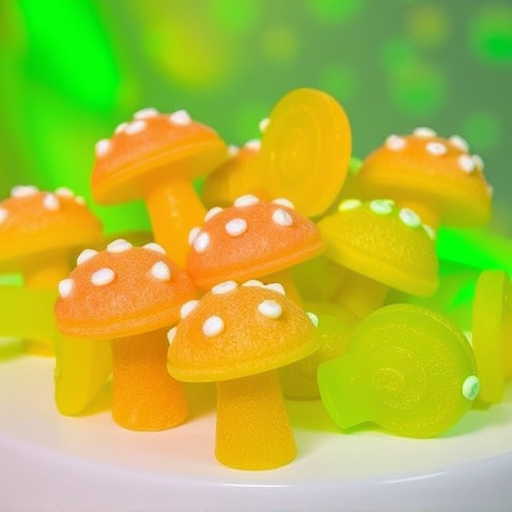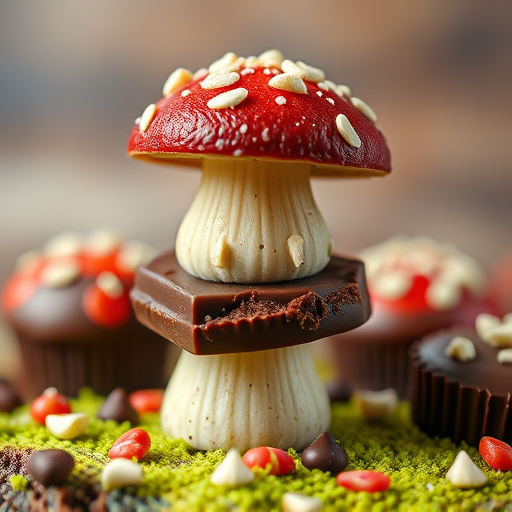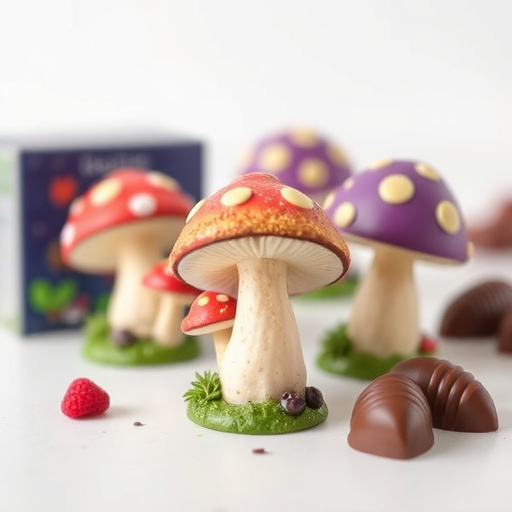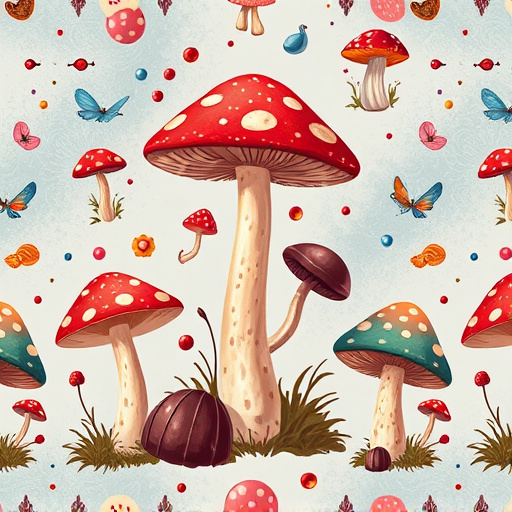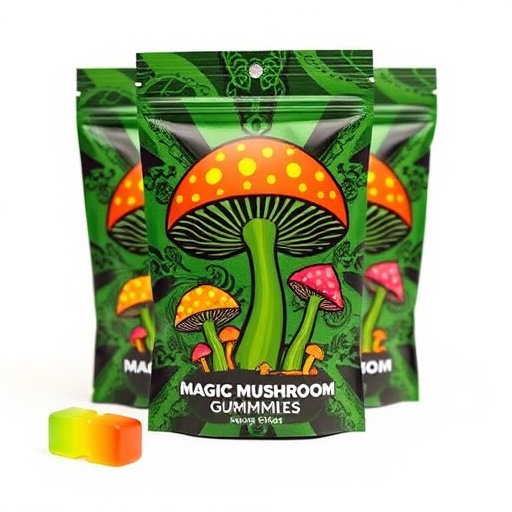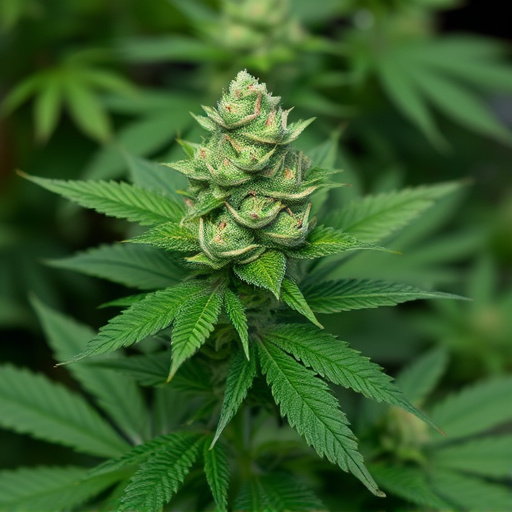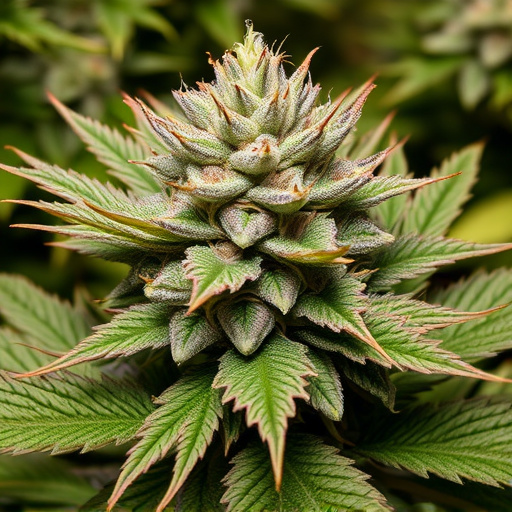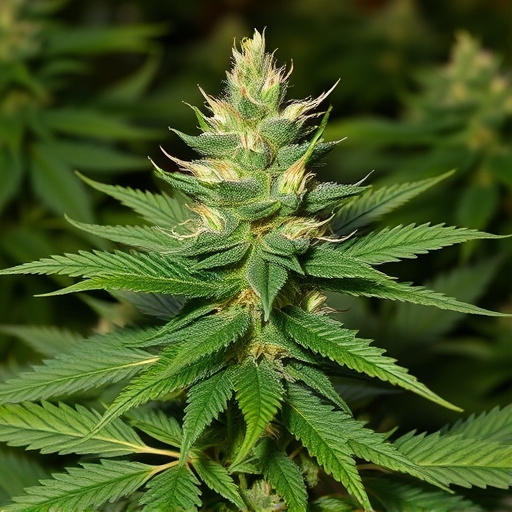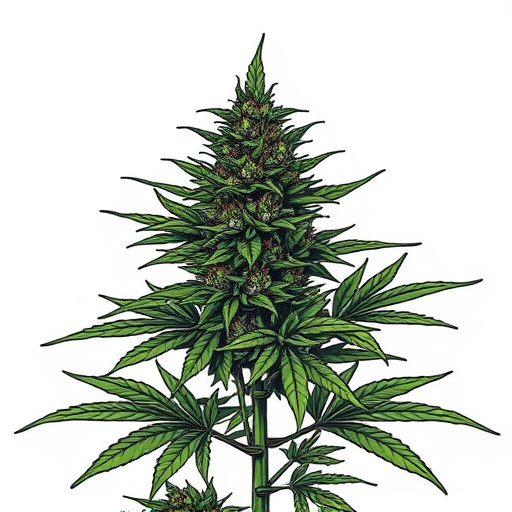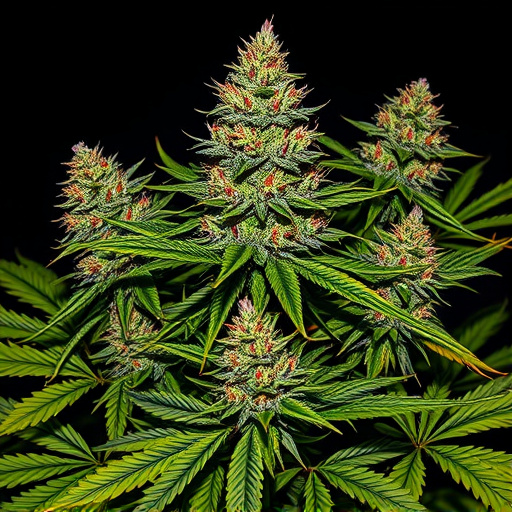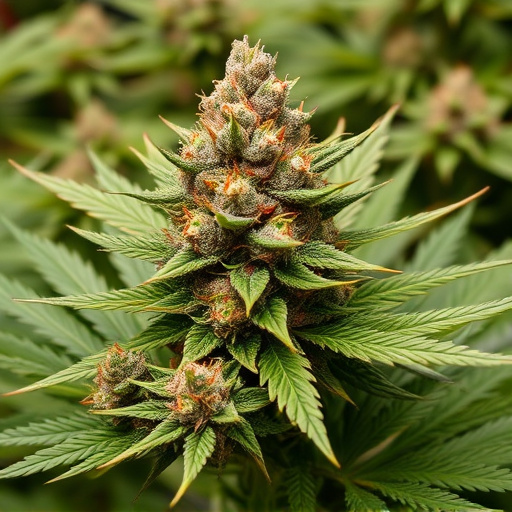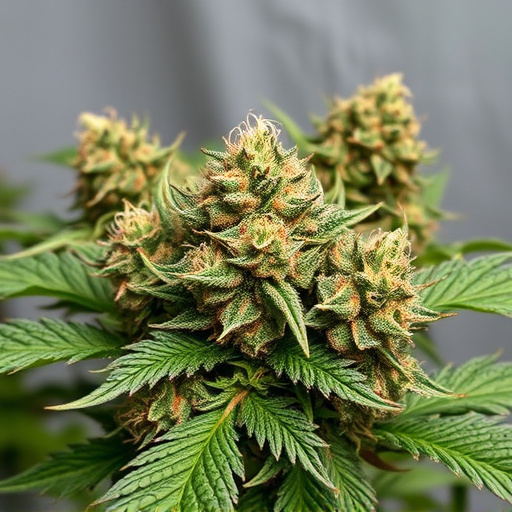Old school cannabis strains' unique aromas and flavors result from terpene-cannabinoid interactions, offering therapeutic benefits and desirable tastes. Genetically determined scents, preserved through selective breeding over generations, resist environmental variations. Traditional cultivation methods, like natural sunlight and local water, slow growth, allowing terpenes to accumulate and create rich, complex fragrances that have fascinated cannabis enthusiasts for years.
Unraveling the enigmatic aroma of cannabis involves a complex interplay of various factors. From the botanical intricacies of its genetic makeup to the environmental conditions under which it’s cultivated, each element contributes to the diverse and captivating scents we associate with different strains. This article delves into the core components driving cannabis’ distinctive aromas, exploring the roles of terpenes, natural varieties, and cultivation techniques, even highlighting the allure of old school cannabis strains.
- The Role of Terpenes and Aromatic Compounds
- Genetic Makeup and Natural Varieties
- Environmental Factors and Cultivation Techniques
The Role of Terpenes and Aromatic Compounds
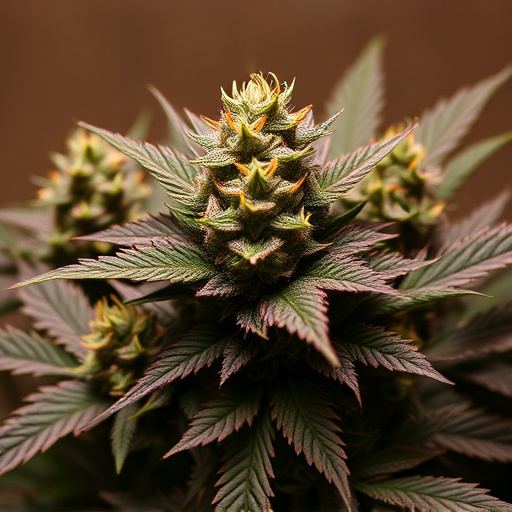
The unique aroma of cannabis is a result of a complex interplay between various chemical compounds, with terpenes and aromatic compounds playing a pivotal role. Terpenes, often referred to as the “aroma molecules” in the cannabis world, are volatile organic compounds that contribute significantly to the scent and flavor profiles we associate with different strains. These natural compounds not only give old school cannabis strains their distinct characteristics but also interact with other cannabinoids, enhancing or altering their effects.
Each terpene offers a unique sensory experience, ranging from citrusy and fruity notes to earthy and spicy nuances. For instance, myrcene, a common terpene in many old school strains, is known for its earthier, musky scent and is often linked to feelings of relaxation and sleepiness. Meanwhile, limonene provides a bright, citrusy aroma and has been associated with mood elevation and cognitive enhancement. The art of cannabis cultivation lies in harnessing these aromatic compounds to create well-rounded, desirable flavors and potential therapeutic benefits.
Genetic Makeup and Natural Varieties
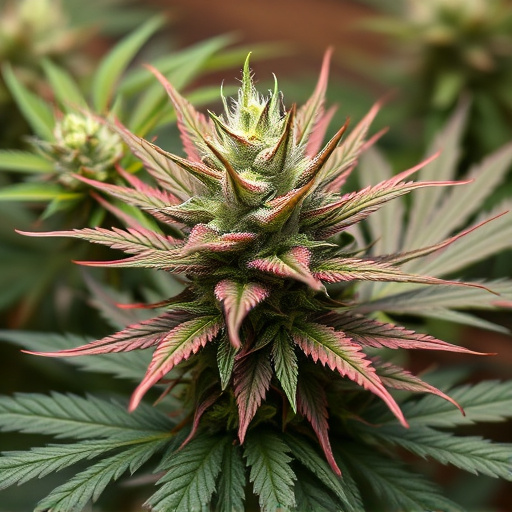
Cannabis aroma is a complex interplay of various factors, and one of the foundational elements is the plant’s genetic makeup. Each cannabis strain possesses a unique combination of genes that dictate its inherent characteristics, including scent. The genetic diversity among old school cannabis strains has played a significant role in shaping the aromatic profiles we appreciate today. These classic varieties, often cultivated for their robust flavors and effects, have been carefully bred over generations, preserving and enhancing specific aroma traits.
The natural variety within cannabis species is vast, with plants expressing distinct scents even within the same strain. Environmental factors can also influence these aromas, but genetics remain the primary determinant of a cannabis strain’s signature fragrance. Old school strains, with their rich history and traditional cultivation practices, showcase this genetic diversity, offering enthusiasts a wide range of aromatic experiences to explore and enjoy.
Environmental Factors and Cultivation Techniques
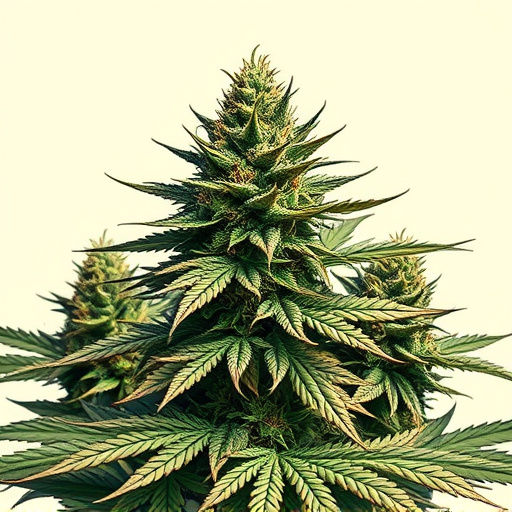
The environment in which cannabis plants are grown plays a significant role in shaping their aroma. Factors like climate, soil composition, and even the altitude at which they’re cultivated can influence the development of unique terpenes—the compounds responsible for cannabis’ distinctive scents. For instance, plants grown in colder climates often produce higher levels of myrcene, a terpene known for its earthy, musky notes, while warmer regions may foster the growth of limonene, conferring a bright, citrusy aroma.
Old school cannabis strains, cultivated through traditional methods, often bear these environmental signatures. Farmers who adhere to time-honored practices, employing natural sunlight and local water sources, can produce plants with incredibly nuanced aromas. These techniques allow for a slower growth cycle, giving terpenes time to accumulate, resulting in rich, complex scents that have captivated cannabis enthusiasts for generations.
In conclusion, the aroma of cannabis is a complex interplay between terpenes, genetic diversity, and environmental conditions. Terpenes act as the signature scents, with old school cannabis strains boasting unique profiles that reflect their heritage. Genetic makeup introduces natural variations, ensuring a diverse range of aromas. Meanwhile, cultivation techniques and environment play pivotal roles in shaping the final scent, from soil composition to climate. Understanding these determinants unlocks the ability to appreciate and select cannabis varieties based on their distinct aromatic characteristics.
